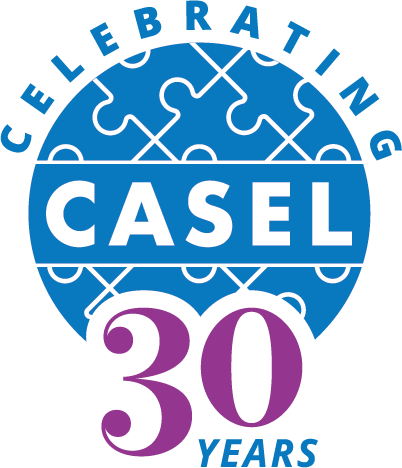Students thrive when they’re supported by a network of adults working together to create a supportive environment. Community organizations have a key role to play in this effort, partnering with schools and families to extend the experience of SEL through opportunities for trusting relationships with adults and enriching out-of-school time (OST) experiences.
As a trusted resource, community partners are active both during and beyond the school day, and provide families with valuable connections to supports and services
Many organizations already incorporate SEL as part of their focus on youth and family services, afterschool and summer programs, youth leadership initiatives, mental and behavioral health, or community sports and arts. These types of community partners not only offer opportunities for students to strengthen and practice SEL, they often bring expertise on engaging and motivating young people, relationship-building, and culturally responsive practices.
When community organizations and schools come together, they create shared goals and language that help maximize high-quality and authentic opportunities for students to engage in SEL. Whether in the classroom, at home, or in the community, students hear a common message about SEL and have opportunities to develop healthy relationships, share their feelings and perspectives, and pursue goals and interests.
This page explores the emerging research and field learnings about how SEL can be expanded with community partners, as well as the benefits of this kind of collaboration.
There was a time when our future in the district was uncertain. It was the community and it was the families and community partners who came forth and strongly advocated for SEL to continue and to be part of the learning journey.
What have we learned?
Back to topCommunities are an important setting for SEL and research shows that afterschool programs focused on developing students’ SEL skills have a positive impact on youth’s self-confidence, attitudes toward school, behaviors, and academic grades. Additionally, research suggests that:
- Partnerships between schools and community organizations, including OST programs that have shared resources and goals for student success and well-being, can support positive youth development.
- Students are more likely to build new competencies when they experience similar instructional approaches across settings and have multiple opportunities to practice the same skills.
- Using common language to refer to SEL concepts both inside and outside school settings may help promote students’ development.
Ongoing research also points the way to some best practices for undertaking partnerships with community organizations:
- Establishing a shared commitment to SEL and taking the time to align goals, language, and strategies are important starting points for district-OST partnerships.
- School-OST partnerships benefit from new structures to support collaboration and additional staff roles that bridge both settings. Face-to-face meetings can be helpful.
- SEL rituals and routines are a good starting point for OST and school staff to create continuity. Adopting SEL curricula can be a tall order for OST programs and other community partners. In contrast, routines and rituals—such as greeting each student by name; having students working together; and opportunities for optimistic closures to reflect on the day’s activities (examples of the SEL 3 Signature Practices)—can be much more manageable by community partners and easy to adapt to a variety of settings.
When undertaking this kind of partnership, there are two areas to focus on:
- Collaboration Among Adults. Community providers and school staff can learn from each other. To ensure this collaboration, staff at the schools and the OST provider need to be in close two-way communication. Additionally, combined or aligned professional learning opportunities help to assure that teams share an understanding of the work and have opportunities to collaborate on relevant skills.
- The Student Experience. To help provide the continuity that benefits students, schools and OST providers can partner around SEL by using shared language, working together to decide how they will pursue this work and what they hope to achieve, and reinforcing SEL lessons and messages in all student settings. Structures such as project-based learning and peace rooms can be used in both settings to ensure that students have a consistent experience and understand expectations as they move from one to the other.
There are other rituals and practices that can help create a sense of continuity. For example, if the school uses the 3 SEL Signature Practices to structure class time and other gatherings, community partners can incorporate those in their gatherings as well.
How is CASEL advancing this work?
Back to topDistrict Level Partnerships with Out-of-School Time Partners
The Partnerships for Social and Emotional Learning Initiative (PSELI) is a multi-year project working with six communities to explore how students benefit when schools and OST programs partner to improve and align SEL. Supported by The Wallace Foundation, we provide guidance and technical assistance for implementing and continuously improving SEL across the district and community. Findings from this project have been summarized in Early Lessons From Schools and Out-of-School Time Programs Implementing Social and Emotional Learning.
Participating Communities
- Boston, Massachusetts
- Dallas, Texas
- Denver, Colorado
- Palm Beach County, Florida
- Tacoma, Washington
- Tulsa, Oklahoma
Establishing Partnerships with Schools
We have developed tools to supplement our schoolwide approach to SEL, reworked with a broader lens to include other stakeholders beyond traditional school teams, particularly out-of-school time (OST) providers and community partners. Explore the free tools.


